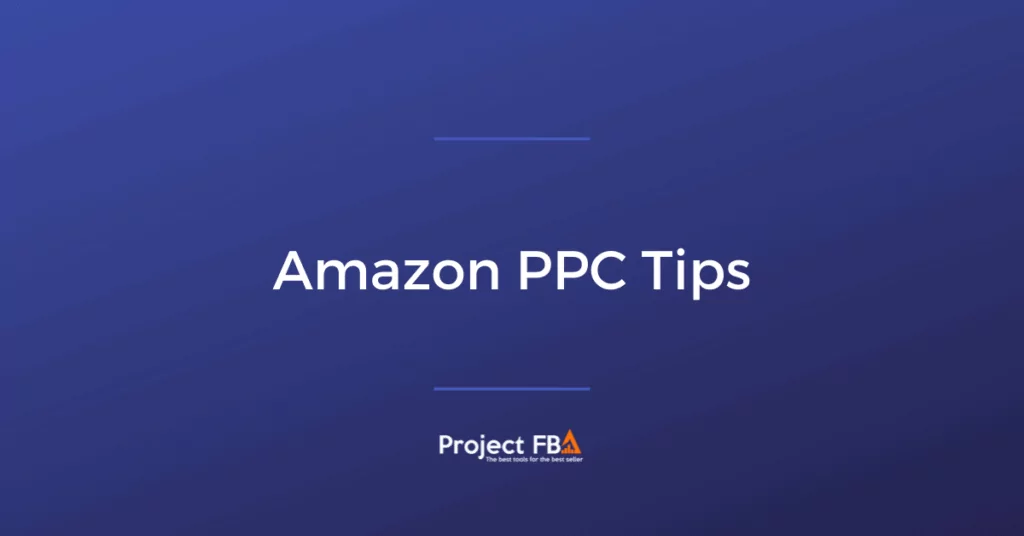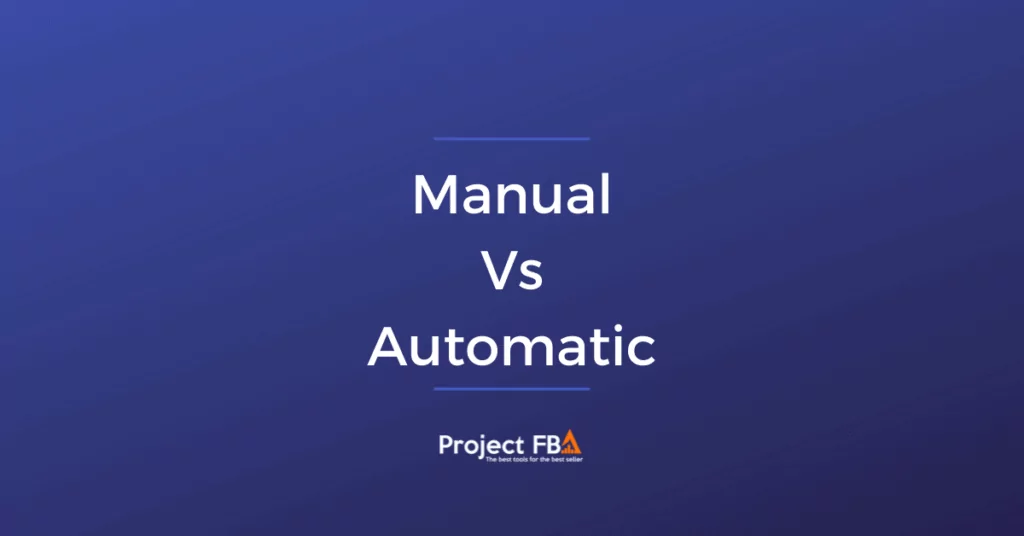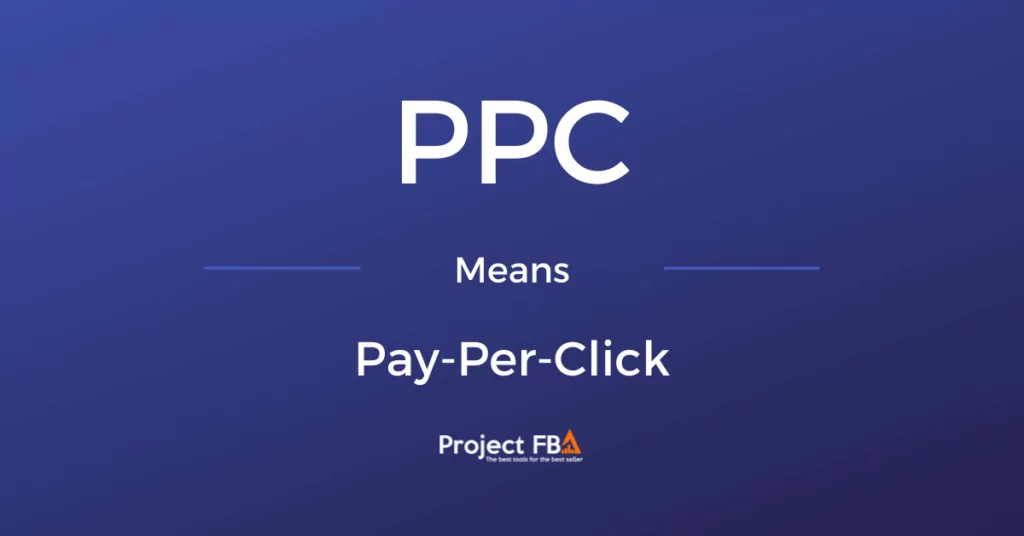Amazon sellers are right to use Amazon PCC to get their brands and their products noticed. When a potential customer searches for a keyword, they don’t really want to scroll down a whole page, or through several pages to find a really good product.
A really good PPC sponsored brand ad at the top of the search pages can prevent customers from scrolling down at all. It makes your products the very first ones that they see.
And having sponsored product ads is almost just as good, and has a similar effect. And if your potential customer does scroll to the bottom, a handy little sponsored product advert positioned at the bottom of the first page of results may prevent them from heading over to the next page.
And as for sponsored displays, even I stop to take a look at any video ads that might be running.
And sure you can make changes to your PPC ads along the way, but ideally you should ensure that you get off to a great start by learning all the important Amazon PPC tips you can find before your ad and brand campaigns begin.
So, in this article, we’re going to cover all the most helpful and successful tips for making Amazon PPC work for your business. We’ll start with the main basics, but we’ll also try to cover ideas that may not have occurred to you before. The tips are not listed in any particular order.
Please feel free to scroll ahead to any tip that catches your attention.
Amazon PPC Tips
Let’s kick this off with a few of the more basic tips.
Make Sure That You Fully Understand The Process
Unfortunately setting up Amazon PPC is nowhere near as simple as sending an email asking for your products to be advertised for certain keywords and having that wish granted…

Instead there is a PPC auction whereby each advertiser submits a default bid on a particular keyword which is the maximum they are willing to pay per click for their ad. The highest bidder wins the highest ad position but they only pay $0.01 more than the second-highest bid.
And this should really highlight the importance of choosing your keywords very carefully. Which leads us onto our next tip.
Choose A Top Quality Keyword Research Tool
When you’re investing in PPC ads, don’t make do with free keyword research tools. Source out the best keyword research tool or suite of tools for your particular business needs. The more features your keyword research tool has, the better armed you are against the competition.
Consider Having Someone Do Your Keyword Research For You
If you have a lot of products to sell, you may feel that you simply don’t have the time to carry out keyword research as often as you should be. In which case the idea to have someone do all that hard work for you is very tempting.
But no-one does this for free, so you will need to ensure that you have the budget for it before you begin. MerchantWords offers this service for a fee. And they also have a Listing Advisor service that includes doing all your writing and SEO and Amazon product listing optimization. But this costs several hundred dollars.
Make Sure Your Targeted Keywords Match Your Product Listings
I know this sounds obvious, but it’s important, and that’s why it’s included in the list. Customers want to find exactly what they’re looking for when they search, not something that’s vaguely related.
Don’t Put All Your Keywords In One Campaign
In the future you will need to assess how your various PPC campaigns are performing. And you simply cannot do that if you lump all of your keywords into just one campaign.
You’ll be unable to see which particular keywords are working best, and as a result it cannot inform your keyword optimization strategy for your various products. And this will affect your ability to scale your campaigns at the product level at a later stage.
Segmenting your campaigns is best because it enables Amazon to better index your listing.
When You’re Ready Go For A Manual Rather Than An Automatic Campaigns
Sure automatic campaigns are much quicker and easier to run, but that’s where their advantages end. Manual campaigns admittedly do require more effort, but this extra effort is 100% worth it.

You can achieve far more precise ad targeting, which means a more efficient and a more profitable campaign. Whereas an imprecise automatic campaign is likely to be a far more wasteful campaign.
If you don’t have the confidence to start with a manual campaign from the get-go, you could begin your keyword research by carrying out some automatic campaigns, and using the information gleaned to plan out your manual campaigns.
Naming Your Campaigns Well
If you have a lot of PPC campaigns to keep track of, be sure to name them well so you can keep track of what keyword research tool you used for each one, and what date you set it up and so on and so forth.
Don’t Compete With The Best Of The Best
I know how you want your products at the utmost level, but the truth is that running head to head with the top competitors can prove to become very costly very quickly.
Instead, we would recommend that you start from the bottom, and work your way up. (This doesn’t have to be done gradually, but it does have to be at a pace you can manage.
What we mean by this is that you should first aim to out rank those competitors that aren’t quite as popular, and then move on to out rank bigger players.
Identify And Bid On Long-tail Keywords
Targeting long-tail keywords is a great idea for when you’re launching a new product. When there’s no sales history to bump you up the rankings, and a lack of customer reviews to help boost you, you need to be clever about what keywords you use and avoid going straight in for the kill with an aggressive push toward targeting high-volume keywords.

Instead, your best strategy in this situation is to win bids on long-tail keywords, where potential customers are looking for very specific criteria in their products. These keywords have much less competition, making it more likely for you to win bids on them, and get those ads featured.
Once you start making sales with these long-tail keywords, you will increase your organic ranking. And the healthier margins you make doing this could help to fund your bids for more competitive keywords at a later stage.
Do Frequent Keyword Research And Optimizations
Your keyword research is not something you run at one time and then forget about. Amazon search pages get updated several times a day. And we’re not saying that you have to carry out your keyword research just as often, but you really should come back to your keyword research at least once a week.
Track And Adjust Your Spending Based On Product Performance
Be sure to track and monitor which campaigns are performing well and which ones aren’t, that way you can concentrate on what generates the most sales, and ditch the campaigns that aren’t serving your products quite as well.
This way you can put more money towards the ads and campaigns that are converting more customers and generating greater sales.
Look Out For Negative Keywords
In addition to looking for and utilizing the keywords that work best for your PPC campaigns, we would recommend that you also make time to identify what we call negative keywords.
Negative keywords are basically words that drive plenty of clicks, but fail to convert potential customers to paying customers. Campaigns that feature negative keywords can end up costing more money than they bring, giving you a lower return on your investment.
Once you have identified such keywords, you can mark them as negative, so you don’t inadvertently use them in future manual campaigns.
Keep Your ACoS As Low As Possible
For those who don’t already know, ACoS stands for Advertising Cost of Sales. It’s basically a measure of how much you spend on Amazon advertising in order to generate $1 in revenue from that spend. So, the lower your ACoS is the better.
Keeping your ACoS as low as possible is an important way to maximize the return on investment on any keywords bids that you win.
Long-tail keywords usually have cheaper cost-per-clicks, so winning bids on these can help to keep your ACoS down.
Consider Simplifying Your PPC Campaign Management With Automation
Let’s get real, managing your PPC campaigns can often be a tedious and time consuming task. So if you feel that all this work isn’t for you, there are software out there such as Helium 10s Ads tool Adtomic that can carry out all this work for you. After all, machines never get fed up and they make way less errors.
Bid On Keywords That Match Your Branding
Bidding and winning your particular brand’s keywords is undoubtedly one of the best ways to boost your branding. You have an image to maintain after all.
Moreover, making high bids on your brand’s keywords makes it more expensive for your competitors to bid on, and makes your bids easier to win. It’s hands down the best way to protect your market share.
Imitate The Keyword Strategies Of The Biggest Brands
If you have the budget for it, why not place bids on the keywords that the big brands like to go for. You’ll be on the same page as them if you win, and you may end up “stealing” some of their market share.

Sell Product Variations Under A Unique ASIN
If you lump all of your product variations onto one product page, you basically lose the sales you would have gained from featuring separate product pages for each variation.
Sure it’s ok to lump products together if they only vary in size or if they come as different bundles. But, if you were to split up certain products in different ways, you could have different keyword targeting strategies for each variation, and increase the chances of these products being found by potential customers.
This will also ensure that your products don’t compete with each other for their advertising spot.
Have Similar Products In The Same Ad Group
In the sponsored ads positioned at the top of the search results page, there’s space for at least 3 products if not more, and you should take advantage of this.
But of course you must ensure that all of the products in this selection are based on the same category of products rather than bringing up an irrelevant product.
Set A Higher Bid When Adding New Keywords
Whenever you add new keywords to an existing campaign we recommend setting a higher bid price at first. This way the campaign can start gaining some impressions and clicks for that keyword. Then when you have a more established history with this keyword, you can consider lowering your bid price.
Give Your Amazon PPC Campaign Time To Succeed
As much as we’d love to claim that this list of tips can make your Amazon PPC campaigns succeed overnight, sadly this is not the case. Unfortunately these things can take time.
It’s highly unlikely that you’ll see results straight away. You just have to be patient and play the waiting game.
And Finally, Know When To Give Up
Please accept my apologies for the bleakness of this particular tip. But if you keep funneling more and more money into your Amazon PPC campaigns, but don’t get very good results over time, then it could end up costing you more than it’s worth.
To that end, you should keep track of your ACoS as a measure of how much your business is gaining from these campaigns. And if this value remains low, or even negative, then it may be that Amazon PPC campaigns are not the best strategy for promoting your products.




